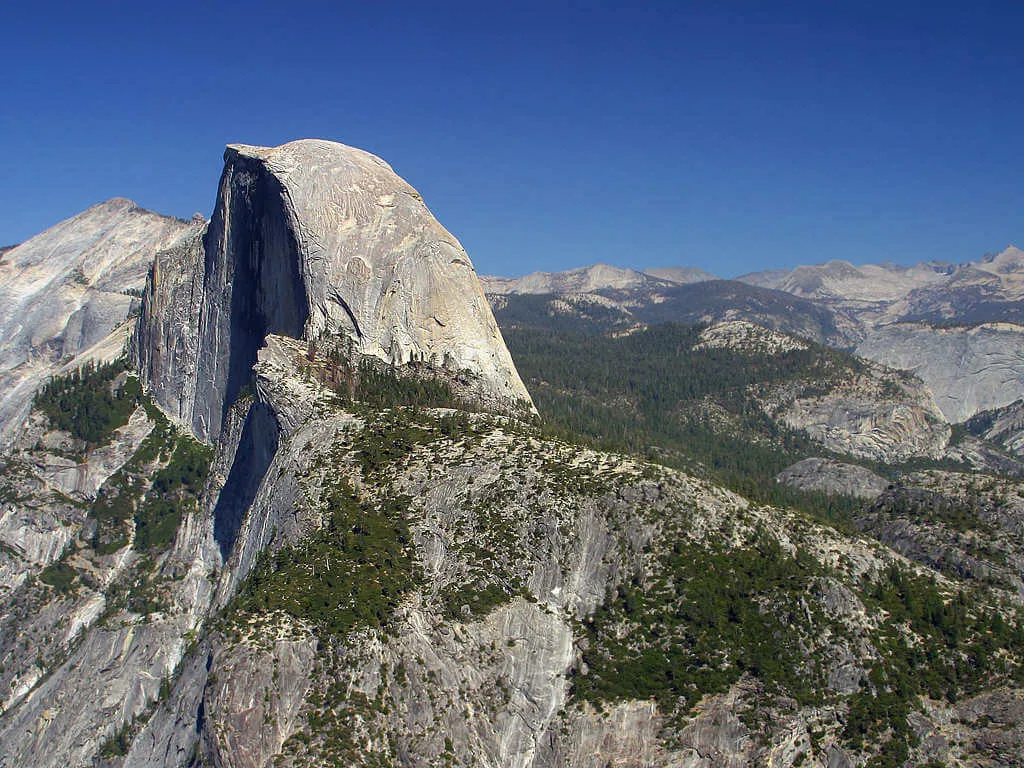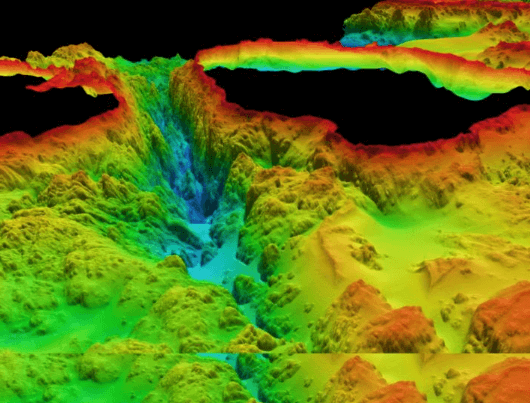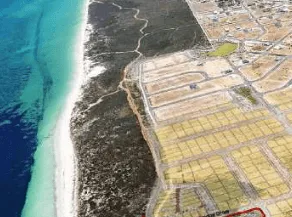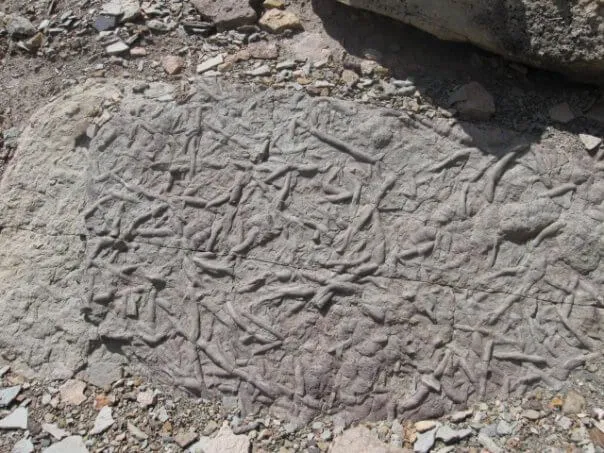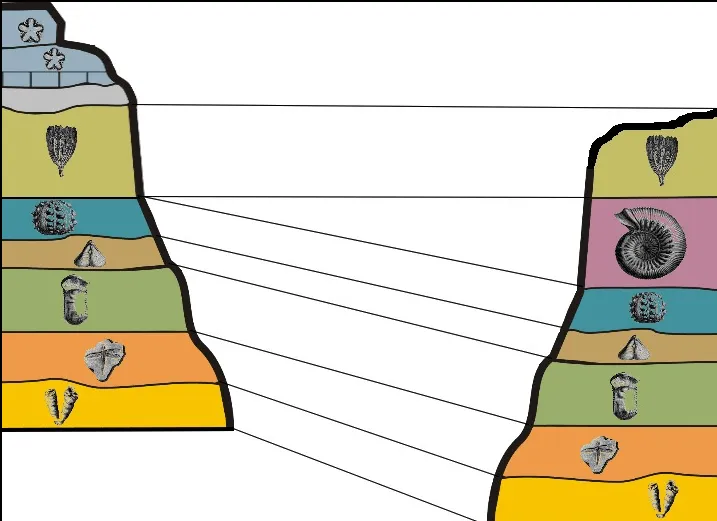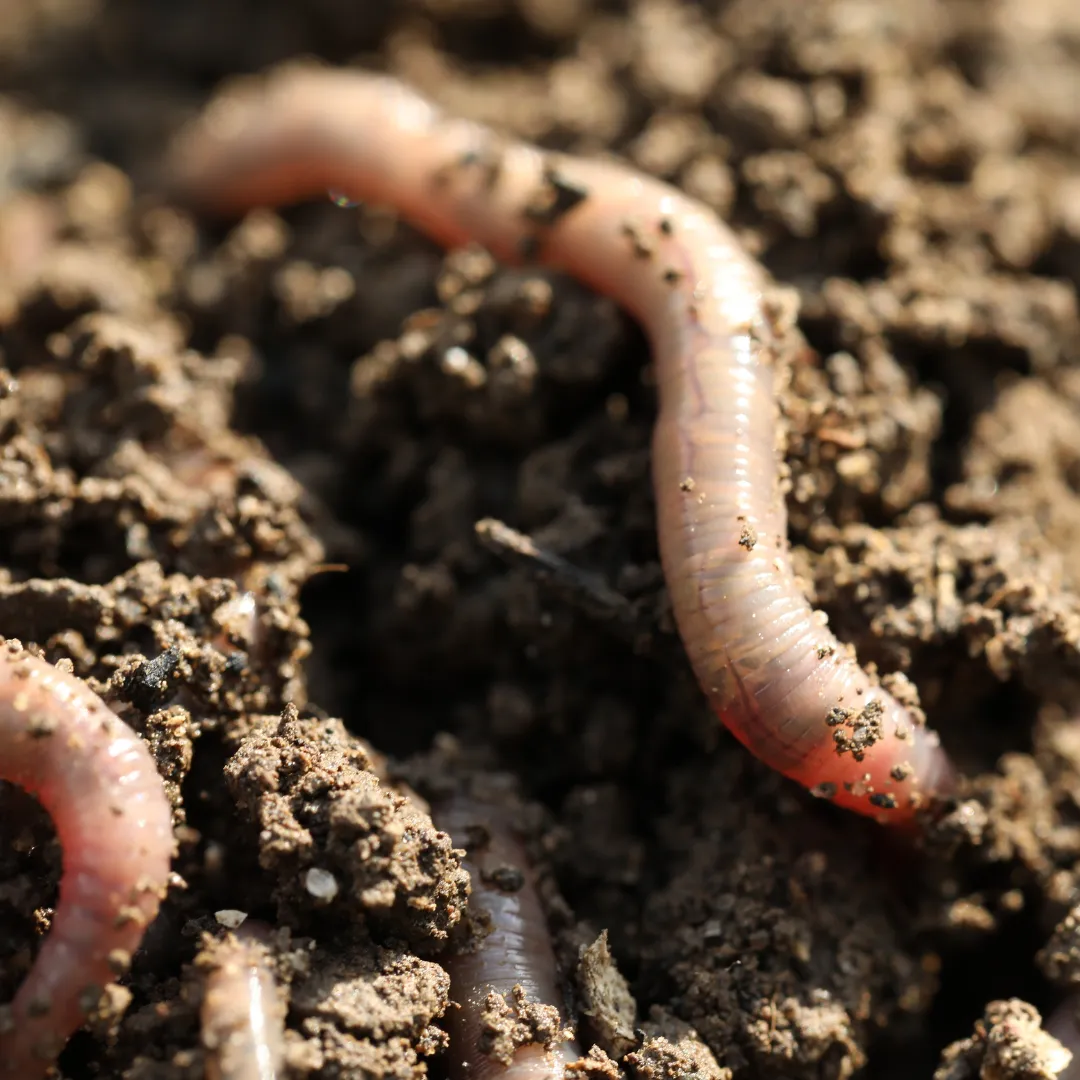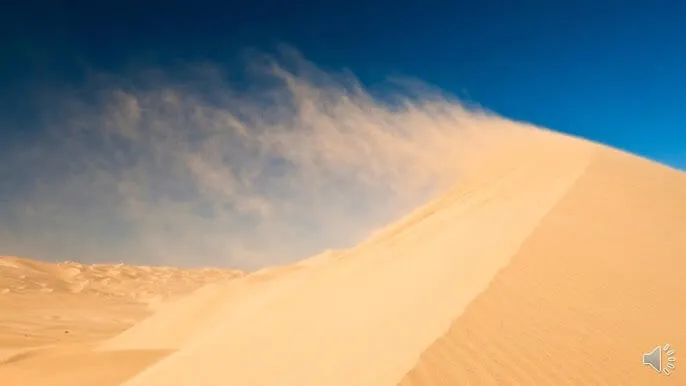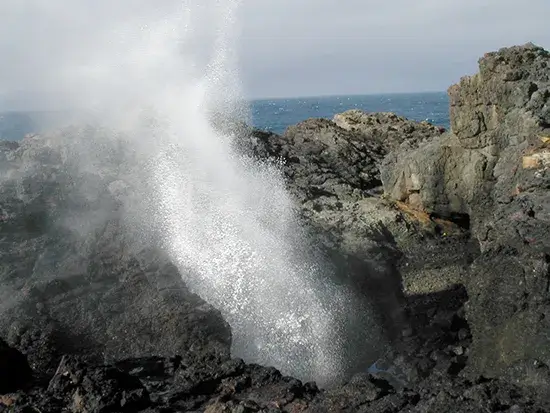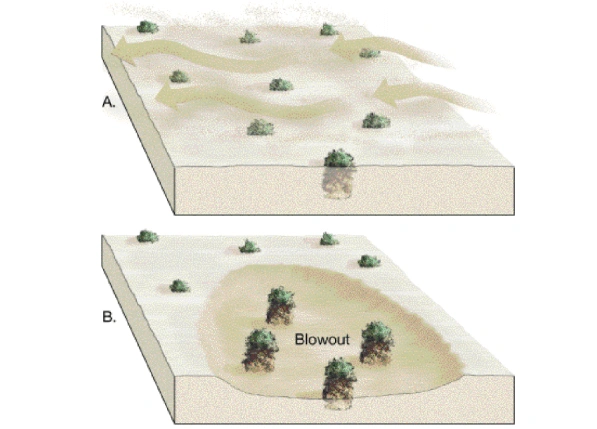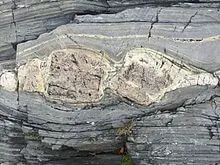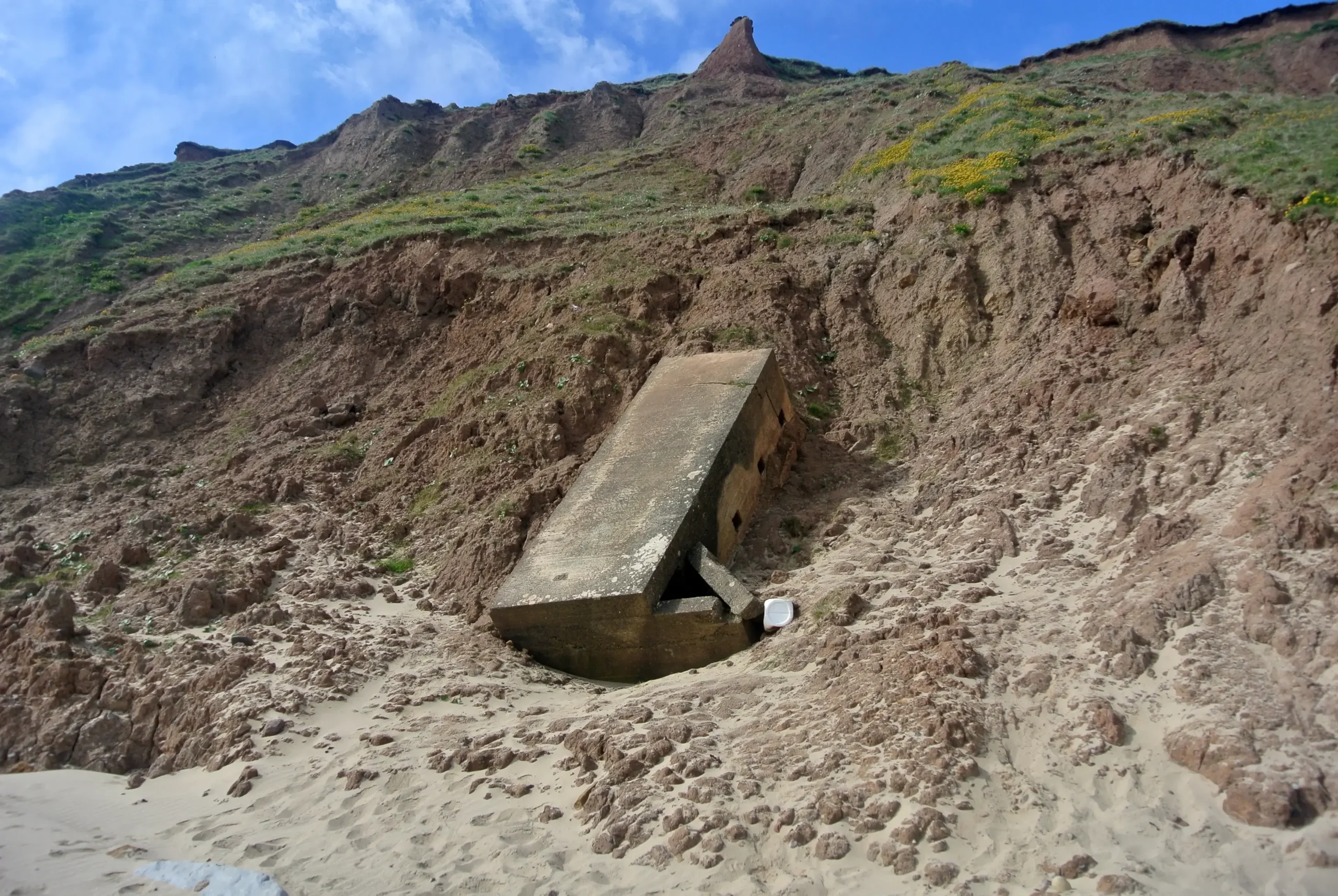A basaltic plateau is a large, flat region of extensive basaltic lava flows, often resulting from multiple, successive eruptions that cover large areas with basalt. These plateaus are significant in the study of volcanic activity and the geological history of regions, often linked to hotspot volcanism or rifting events.
Reference: Bryan, S. E., & Ernst, R. E. (2008). “Large Igneous Provinces and the Mantle Plume Hypothesis.” Elements, 4(1), 31-35.



